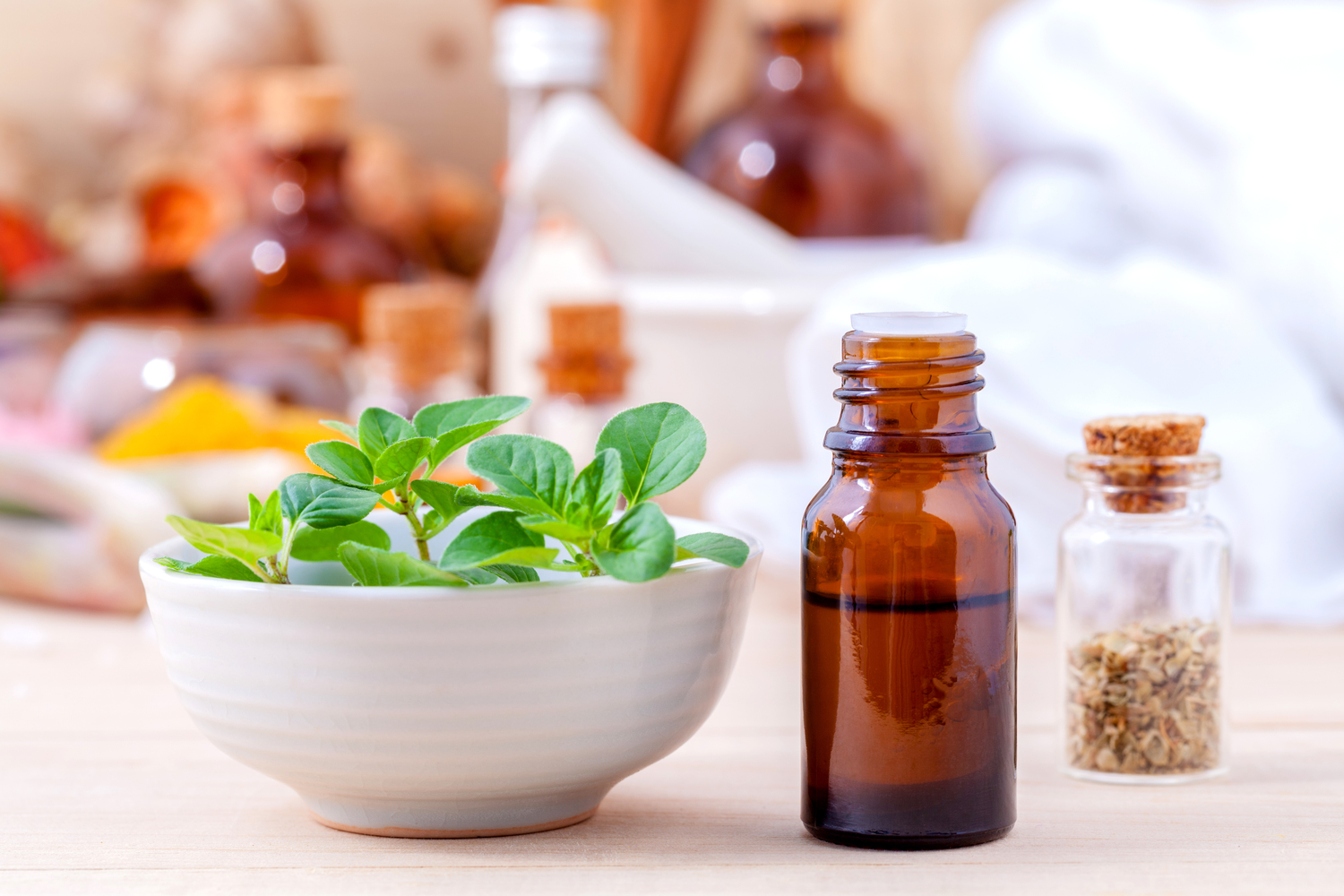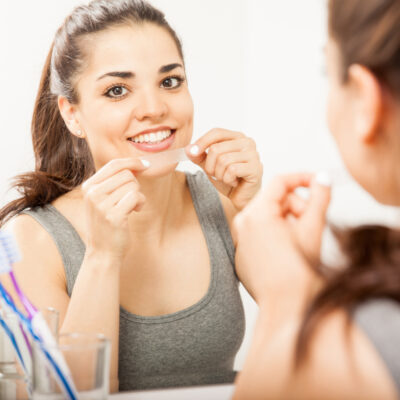
Common Treatments for Atopic Dermatitis
When talking about eczema, the first thing that a person would visualize is a red and itchy skin. It is, after all, a condition characterized by extreme skin irritation and itchiness. The condition can also occur at any age of your life and can be very lethal when left untreated. Its most common occurrence is atopic dermatitis, which is a condition that begins in childhood.
Atopic dermatitis, also known as AD, is currently the most common type of eczema in the whole world. AD starts during childhood and as early as the baby’s first six months of life. It is characterized by its red appearance, particularly on the cheeks, arms, and legs. AD is not just itchy, it can be really uncomfortable. A toddler will have a hard time dealing with the discomfort. AD can also return multiple times after treatment. If your child has this condition, here are the five remedies you can do to help your child’s ease up:
1. Creams or ointments for itching
One of the safest remedies to ease the itch caused by dermatitis is by the usage of special creams which controls itching. These creams can e corticosteroid cream or ointment and is excellent in providing moisture to repair the skin. Use cream if the skin is moist or weepy while the ointment is recommended if the affected skin is dry.
2. Light therapy
Light Therapy is used when the condition doesn’t get better after using creams or ointments or if the symptoms came back after treatment. Its simplest form is by exposing the affected skin to a controlled amount of natural sunlight. However, there are times when the use of artificial ultraviolet A and B (UVA and UVB) are used. Although this is one of the most effective treatments out there, it is also one of the most dangerous, so it is not being administered to young children.
3. Fighting inflammation and infection
Dermatitis can cause infection and inflammation to the area affected, which adds to the already discomfort from the itchiness. In order to fight the infection, the physician may prescribe antibiotic treatment for a short time. Inflammation only appears in the most severe cases, and for these cases, oral corticosteroids such as prednisone are used.
4. Proper bathing
Bathing can either help the condition get better or get worse depending on how the bath is administered. Avoid bathing using water that is either too hot or too hold. Be mindful of the soap that will be used, a strong soap can irritate the skin. After bathing, always moisturize the skin afterward.
5. Natural oils
Essential oils are also good to soothe the itch from this condition. There are a lot of essential oils that are recommended to ease the itch and to add moisture to the skin. One such oil is virgin coconut oil, which is recommended for children. Tea tree oil is also a good choice for its antibacterial and anti-inflammatory properties that help in preventing infections.


